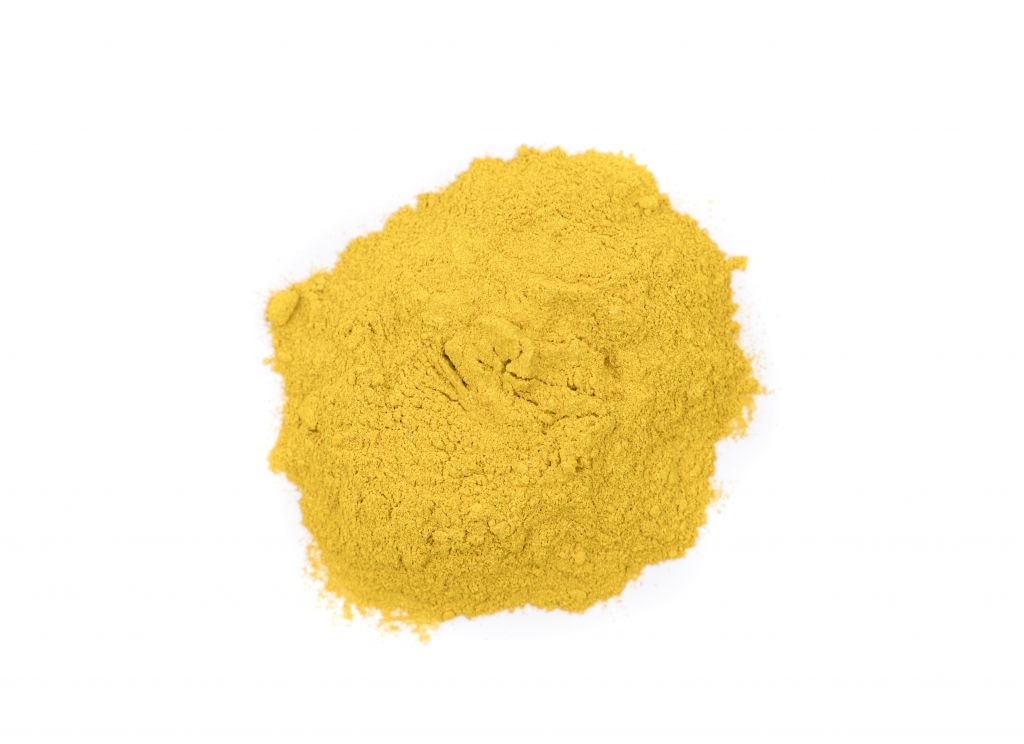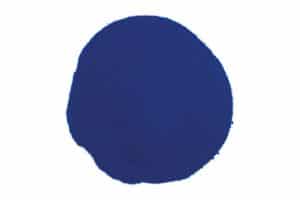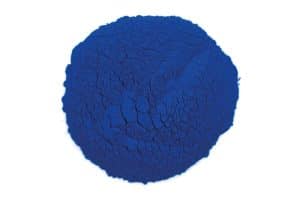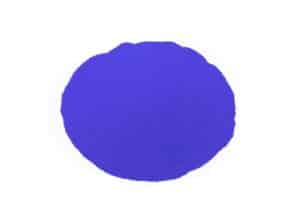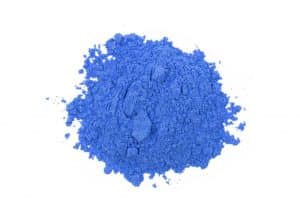Description
- Chemical composition: yellow sulphide of arsenic As2S3
The origin of the modern name is derived from the Latin term auripigmentum or auripigmento, literally meaning gold
paint. Orpiment was once widely used, particularly in the East, but has now fallen into disuse because of its limited
supply and because of its poisonous character.
The principal sources in ancient times appear to have been in Hungary, Macedonia, Asia Minor and perhaps in various
parts of Central Asia. There was a large deposit near Julamerk in Kurdistan. Current deposits of orpiment are in
Romania, Hungary, Germany, Greece, France, Italy, Iran, Peru, China, Japan and the western United States. Orpiment
occurs as a low temperature product in hydrothermal veins, as a volcanic sublimation product, as a hot spring deposit
and in fire mines. It is often associated with stibnite, pyrite, realgar, calcite and gypsum. Orpiment occurs in many
places but not in large quantities.
Orpiment is usually described as a lemon or canary yellow or sometimes as a golden or brownish yellow with a fair
covering power. Microscopically, orpiment is crystalline and may contain orange-red particles of realgar, to which it is
closely related. The larger particles glisten by reflected light and have a waxy-looking surface. The toxicity of the
arsenic sulfide pigments has been known since early times. The toxic properties of orpiment have been used to
advantage to repel insects.
Orpiment is said to be incompatible with lead- or copper-containing pigments. Orpiment is not stable in lime and
therefore can not be used for fresco, a fact noted by Cennino Cennini inn the fifteenth century. A mixture of orpiment
and indigo to produce green was known to an eleventh-century Arab writer and Cennini also noted this mixture.
Tintoretto (Jacopo Robusti) and other Venetian painters of the sixteenth-century made extensive use of both orpiment
and realgar on their paintings. They were used in their pure form or mixed with each other to obtain vivid color effects.
Orpiment can be made artificially by sublimation. This is a process in which sulfur and arsenic are fused to produce
artificial “dry-process” orpiment. Our supply of orpiment is from the natural mineral and is prepared by grinding,
sieving and levigation.
